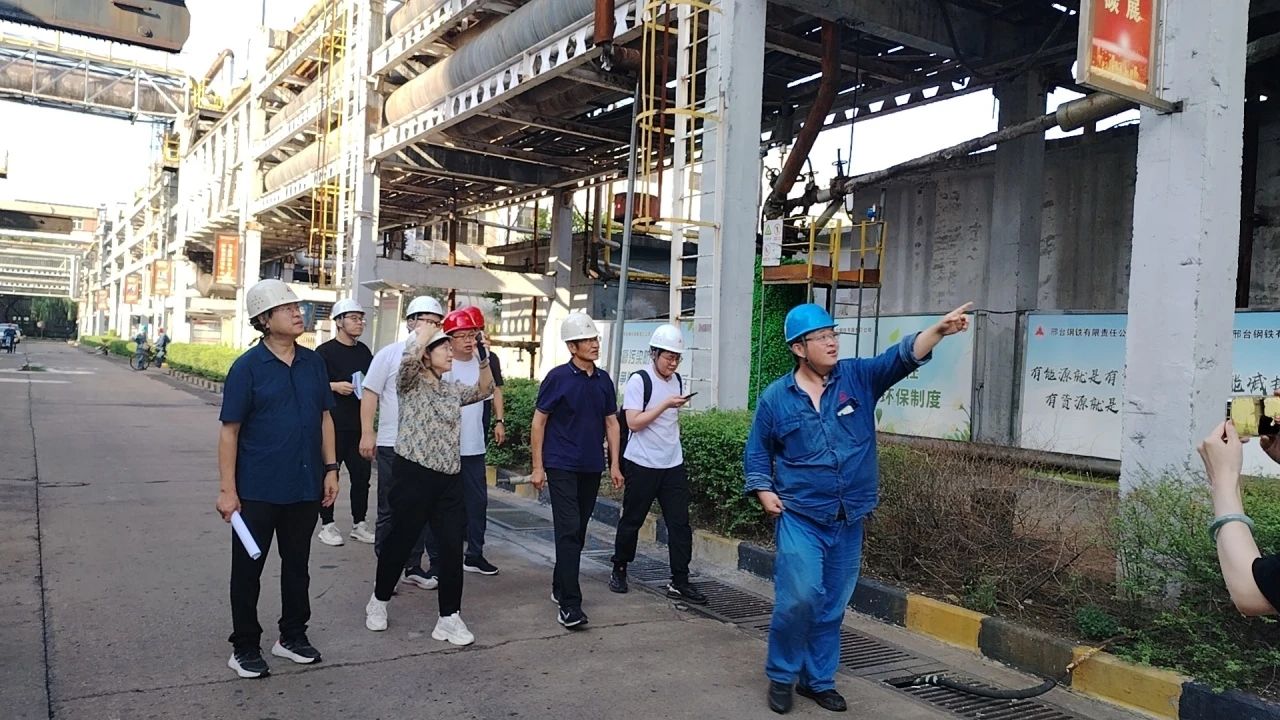Recently, the Hebei Provincial Department of Ecology and Environment organized experts to conduct a clean production audit and evaluation of Xingtai Steel. The expert review unanimously concluded that Xingtai Steel successfully passed the clean production audit and acceptance.

The review team conducted on-site inspections of the company's coking plant, iron-making plant, wire rod plant, steel mill and sintering plant to assess the implementation of the company's cleaner production plan and the achievability of its cleaner production goals. The review team concluded that Xingtai Steel was able to meet the cleaner production goals set at the initial stage of the audit, and that the level of cleaner production indicators and energy efficiency indicators had improved. The main pollutant indicators and major resource and energy consumption indicators were able to meet the requirements of the secondary benchmark values of the cleaner production evaluation index system.

For a long time, Xingtai Steel has carried out in-depth, solid, standardized and orderly environmental protection governance and clean production basic management work. The company has set up a special clean production audit team to conduct audit preparations, pre-audit, audit, generation and screening of plans, plan determination, plan implementation and other related work according to the methods, steps and audit work plan of clean production audit one by one.
To achieve this, Xingtai Steel has utilized various forms of propaganda such as We-chat work groups, new media, working meetings, blackboard newspapers, etc. to carry out clean production training and knowledge dissemination for all employees. It has also systematically conducted research on the production status of each branch factory and bench-marking analysis, determined the audit focus and clean production goals of this round of audit, and analyzed material balance, energy balance and water balance for the audit focus. From eight aspects of clean production audit, efforts have been made to identify existing problems, so as to ensure that the clean production plan is more targeted and implementable, and the implementation effect is more obvious.





